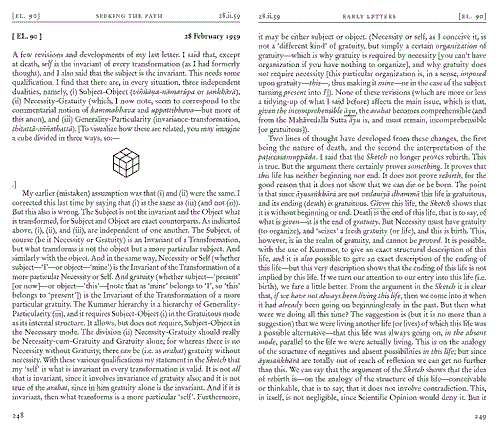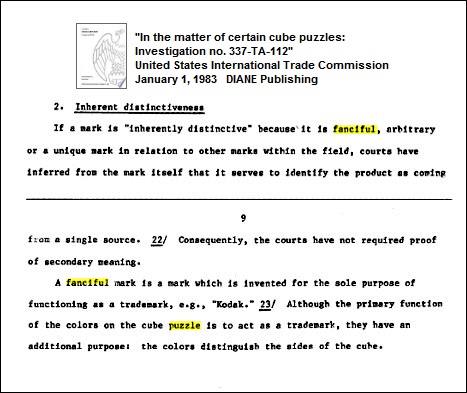Philosophy
From today’s New York Times:
“Philip Hamburger, a writer for The New Yorker for more than six decades whose meticulously calibrated inflections — sober, droll and everything in between — helped create and nurture the magazine’s reputation for urbanity, died on Friday [April 23, Shakespeare’s birthday] at Columbia Presbyterian Center in Manhattan. He was 89….
Although he had a light touch, reflecting his own affability, there were times when he did not seek to amuse.”
From Friday’s rather unamusing log24 entry on the philosophy of mathematical proof, a link to a site listed in the Open Directory under
Society: Philosophy: Philosophy of Logic: Truth Definitions —
“See also The Story Theory of Truth.”
From the weekend edition (April 24-25) of aldaily.com, a Jew’s answer to Pilate’s question:
With a philosophy degree you can ask such difficult questions as “What is truth?”, “Can we know the good?”, and “Do you want fries with that?”… more»
Whether Hamburger’s last Friday was in any sense a “good” Friday, I do not know.
Related religious meditations….
From Holy Thursday, April 8, 2004:
The Triple Crown of Philosophy,
which links to a Hamburger song, and
from Good Friday, April 9, 2004,
Temptation,
an unorthodox portrait of a New Yorker as St. Peter — from Scorsese’s “The Last Temptation of Christ.”
The many connoisseurs of death who admire Mel Gibson’s latest film can skip the final meditation, from the admirable Carol Iannone:
The Last Temptation Reconsidered.
They, as someone once said, have their reward.













 .
.







